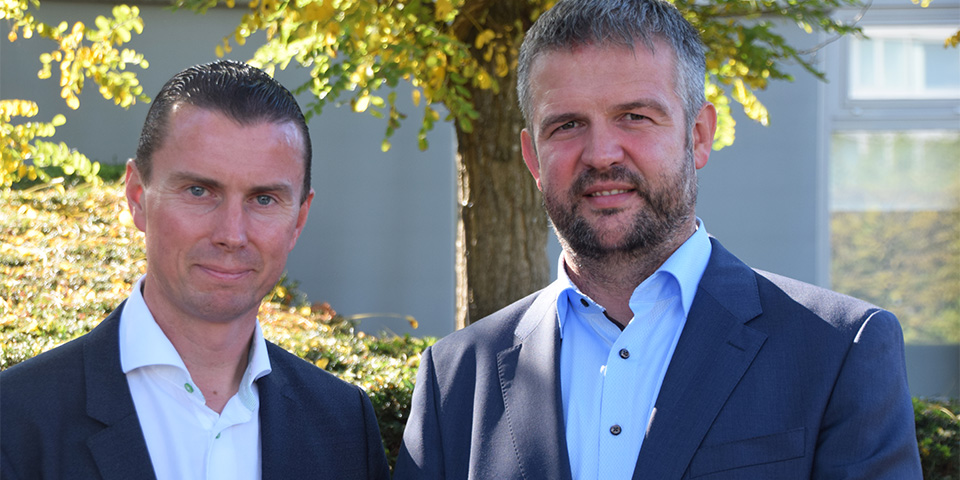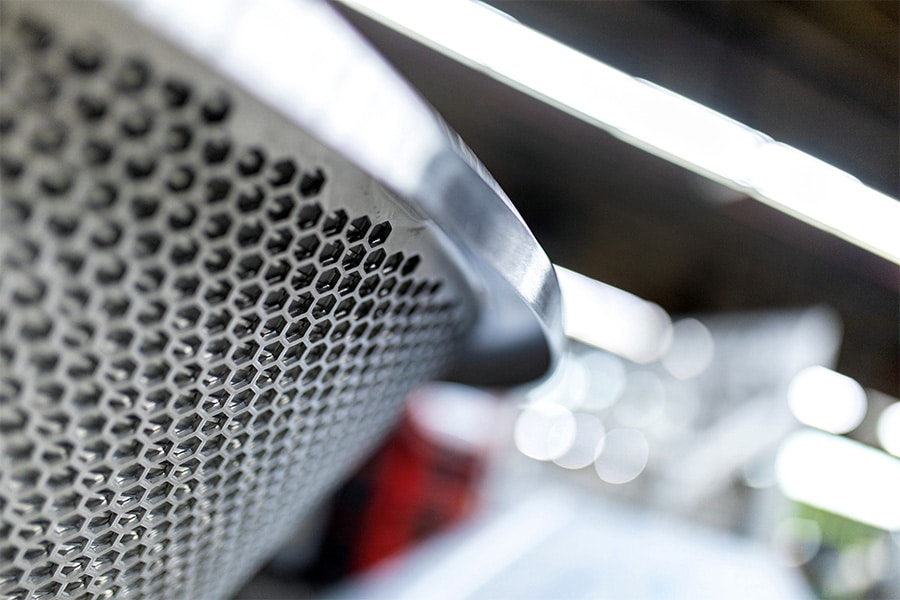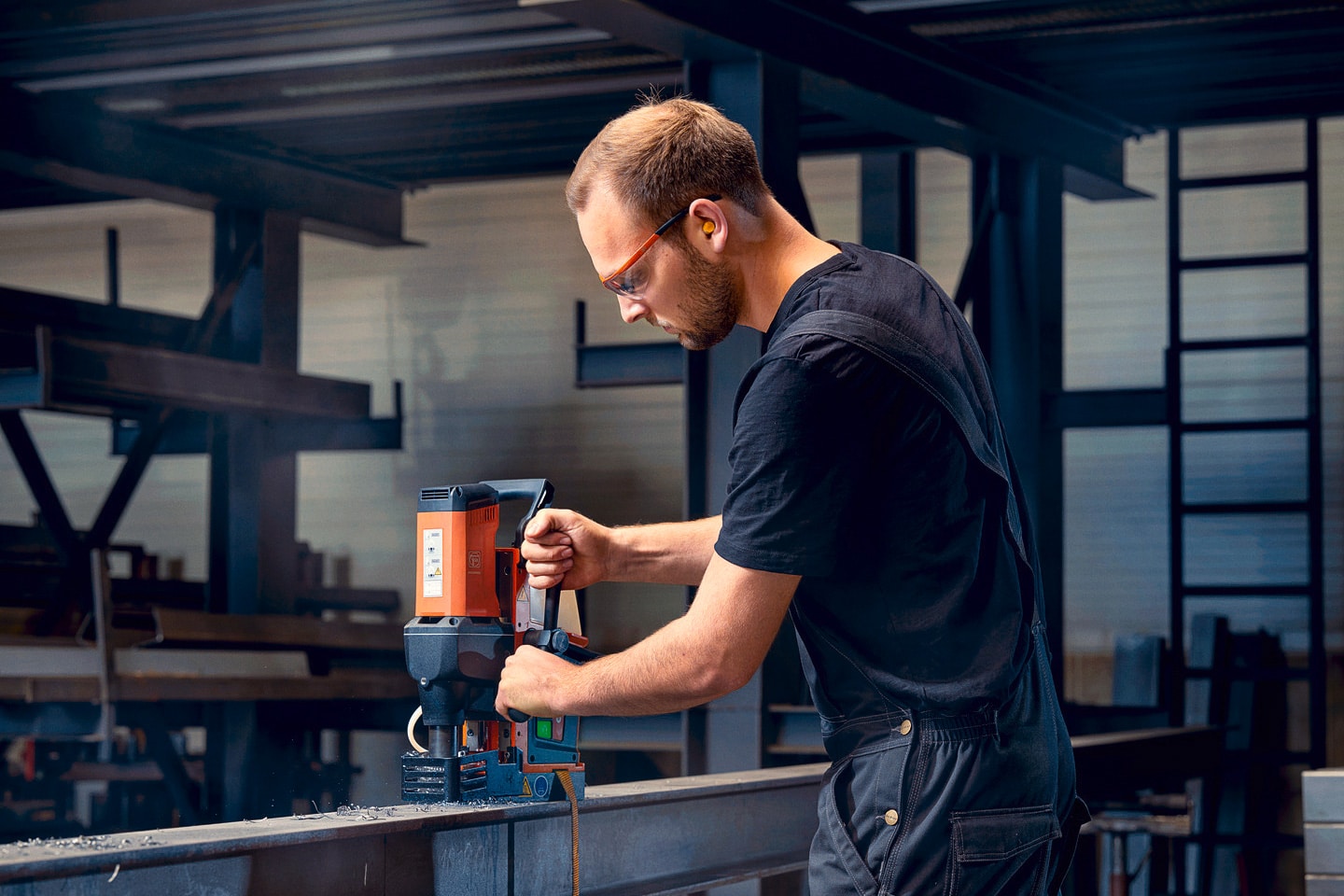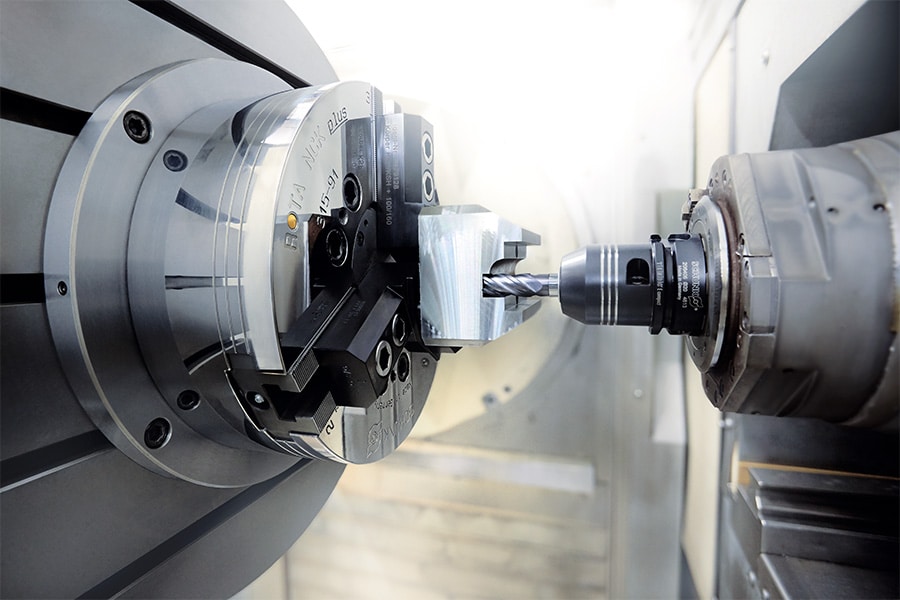
Digitization of machine tools leverages productivity
Machine tools are indispensable tools in the metal industry. Compared to other industries, end users of machine tools already have all the tools at their disposal to make work of digitization. And that will pay off. It opens the way not only to improving speed, quality, flexibility and efficiency, but also to new business models and services. Siemens is already showing its expertise at Machineering to guide customers step by step in this transition.

Striving for "zero touch" from CAD/CAM to product increases the attractiveness of the industry. (Image: Drazen Lovric)
Whatever sector they operate in, four drivers characterize all manufacturing companies today. They strive to improve speed, flexibility, quality and efficiency without sacrificing safety. "Integrating and digitizing the entire value chain is the key to achieving this and remaining competitive in the future," indicates Ronny Maes, Business Segment Manager Machine Tools at Siemens. Siemens is the only player whose extensive portfolio can support customers at every stage (design, planning, engineering, manufacturing, services) to make the transition to digital manufacturing. For the metal industry, everything they need to make that step is already in place. Thierry Van Eeckhout, Vice President Sales Digital Factory: "Metalworkers themselves are being pushed to digitize by their own customers, often big players in aerospace, automotive or mechanical engineering. The key then is to take a holistic approach, across all processes, across all brands and generations on the shop floor."
Products and competencies to achieve digitization
So software has to dead-ring to the production floor. That requires expertise to provide an end-to-end solution. The Belgian division of Siemens is considered a worldwide center of competence in this respect. Moreover, Siemens has an extensive portfolio of products that make this possible and bring added value. In the machine tool, for example, the Sinumerik and Sinumerik Edge controls collect all possible data. MindSphere in turn makes everything easily and securely accessible in the cloud, with 42 software applications already available. Van Eeckhout: "We want to build a fully integrated, open and attractive ecosystem that enables the making of the future. By working virtually, you can remove all errors from your production process before you have even invested a penny in machines. The pursuit of "zero touch" from CAD/CAM to product can then become a reality. And in doing so, you simultaneously increase the attractiveness of the industry."
Digitization need not be disruptive

Thierry Van Eeckhout Ronny Maes: Thierry Eeckhout (left) and Ronny Maes:
"Integrating and digitizing the entire value chain is the key to improving speed, flexibility, quality and efficiency and remaining competitive in the future."
Many manufacturing companies are still skittish about this virtual world, despite the many benefits it has to offer. Digitalization, however, need not be anything but disruptive. A simple start for metalworkers, for example, is to gain transparency. The perfect tool for that is Analyze MyPerformance from Siemens. "No big bang, but bringing together parameters that are often easy to extract from the controls, even on older machines. There is a solution for everything," Maes says. Many companies do not have a (complete) view of how their machines are performing today. Those who can bring this data together and visualize it thus make the hidden potential of their machines visible or reveal where the bottlenecks in production are. Maes: "For the end user, it is important to know their own processes as well as possible to boost output. More transparency shows the way to the quick wins in digitization."



